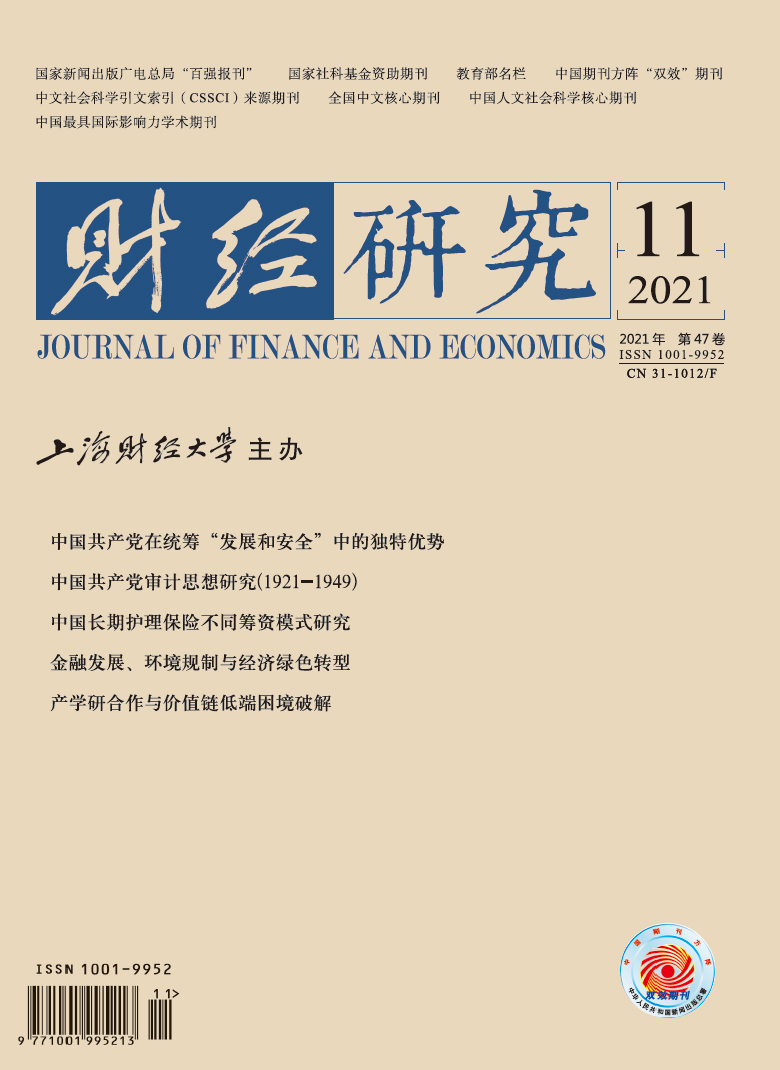In the 1990s, China quickly integrated into the global industrial chain and the global value chain (GVC) by virtue of its demographic dividend, and became the “workshop of the world”. In fact, due to the lack of core technologies, China is still at the low-end of GVC, with low manufacturing added value. At present, getting rid of the low-end dilemma and realizing GVC upgrading are of vital importance to the transformation and upgrading of China’s economy. As an important strategic way for enterprises to enhance their technological innovation capabilities, industry-university-research cooperation (IURC) may be an effective path for China to improve the value-added acquisition capacity of manufacturing industry.
To this end, this paper analyzes the impact and mechanism of IURC on the domestic value-added ratio (DVAR) of Chinese manufacturing enterprises’ exports by using the matching data of China’s industrial enterprises, customs trade and patent application from 2000 to 2013, in which export DVAR is used to reflect the position of enterprises in GVC, and the level of IURC is measured by the joint patent applications.
The research results show that IURC significantly improves export DVAR. The results of PSM analysis, instrument variable method and other robustness tests all back up the reliability of the empirical results. The mechanism analysis shows that the value-added efficiency of intermediate input and the proportion of processing trade both play an intermediary role in the process of IURC promoting export DVAR. From the perspective of regional division, IURC has a significant impact on export DVAR in eastern China. Based on different ownership, IURC can increase the DVAR of private enterprises, but its impact on the DVAR of state-owned enterprises and foreign enterprises is not obvious. From the angle of industry factor intensity, IURC has a positive impact on skill-intensive enterprises and labor-intensive enterprises. Also, the IURC of both invention patents and utility patents has a positive impact on export DVAR.
The possible contribution of this paper may exist in the following aspects: Firstly, based on the analytical framework of Kee and Tang (2016), it introduces IURC into the theoretical model by constructing the incomplete substitution between intermediate inputs. Secondly, it provides new empirical evidence on the impact of IURC on enterprises’ GVC upgrading, and finds that IURC contributes to the increase of export DVAR. Thirdly, this paper suggests that attention should be paid to the impact of IURC on heterogeneous enterprises in the process of promoting the cooperation.






 5894
5894  6020
6020

